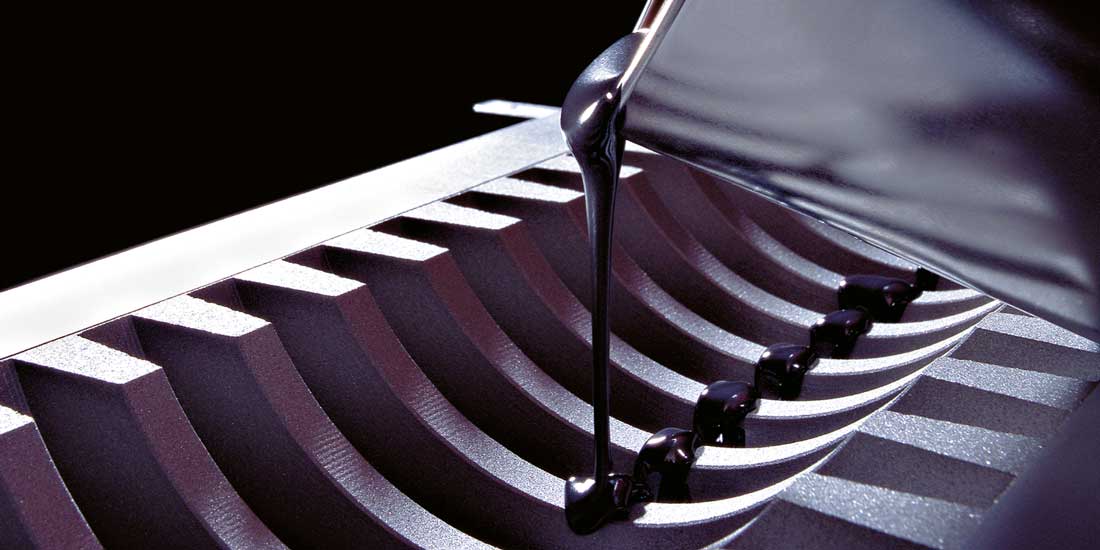Does anybody here have any experience using Moglice to make a nut for the cross feed screw on a lathe? This one has an odd thread and this might be an option rather than make a special tap (9/16 8 or 16 LH ACME)
What Phil (machtool) just said about dead-consistent screw ELSE bind.
Most polymers will bind better than they will manage working loads - witness the prevalence of "Nylock" nuts where a rather small slice of Nylon does a good deal of work.
The other thing - Nylon and other nuts having been around for Donkey's Years, electrics field mainly - is that they typically need a longer bearing length to not deform or partially strip and jam from overloads than metal ones need. Longer length makes any binding issues worse.
There are bound to be exotic, filled, polymers in industry that can do a credible job. Moglice just isn't one of them.
It was formulated to slide a load under high compressive stress, not to (also) stand up to shear as in a screw or nut.
Ignorant Bronze will get the job done with less plotting, scheming, and risk of failure. No need to 'make' taps unless you need 'many' nuts, not one.
Someone, somewhere, has them "for hire" as to making a nut FOR us. Or single-pointing. Or Thread-milling. Either one to a better standard than I care to try to do.



